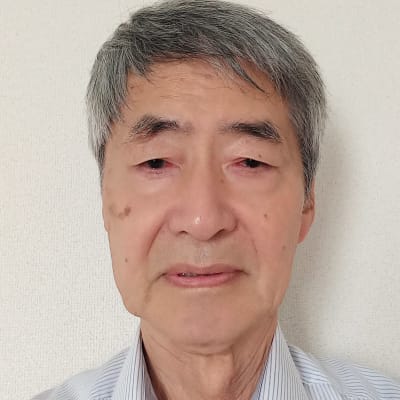Prize Recipient

Kaoru Yokoya
KEK
Citation:"For seminal contributions to the theory and control of beam polarization in electron storage rings, beam-beam interactions in linear colliders, crab-crossing and coherent beam-beam interactions in circular colliders, and bunched beam instabilities."
Background:After graduating from the Graduate class of Tokyo University, he started his career at High Energy Accelerator Reaserch Organization (KEK) in 1979. He joined the design group of the electron-positron collider TRISTAN, which was completed in 1986. In this period he studied beam instability issues for the TRISTAN project. He also theoretically studied beam polarization in electron storage rings. (Initially TRISTAN project included electron-proton collision, where beam polarization was more important). He started studies on linear colliders in 1984. At that time KEK was about to start the normal-conducting X-band collider, JLC. His first concern was the beam-beam interaction in linear colliders, and he developed a computer simulation code CAIN. He was also interested in the beam-beam interaction in circular colliders and studied the crab-crossing scheme and beam-beam tune shift. The international community chose the superconducting technology for the next linear collider, which was then called ILC. Its design team GDE was established in 2005. Since then, he worked as a member of the Executive Committee. His most works in this period were concentrated on the design of ILC. During this period from 2006 too 2010, he also worked as the chief of Linear Collider Promotion Office at KEK Since the end of GDE in 2013, he has been working as a member of LCC (linear collider collaboration) and ILC-IDT (international development team). He was awarded Nishina Memorial Prize in 1990 and USPAS Prize for Achievement in Accelerator Science and Technology in 2015.
